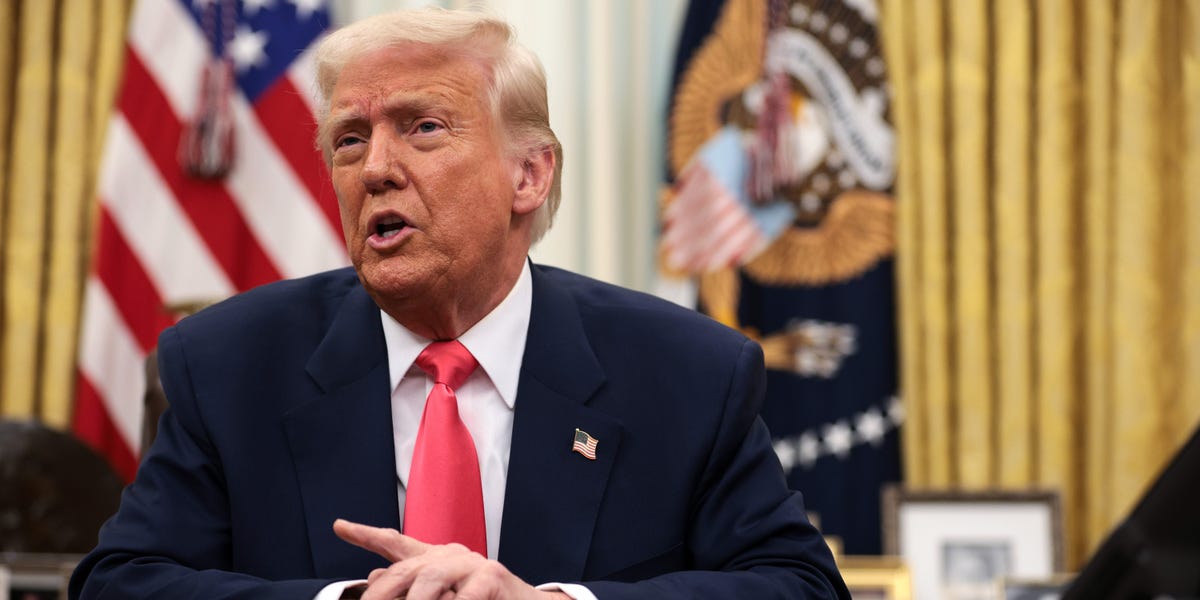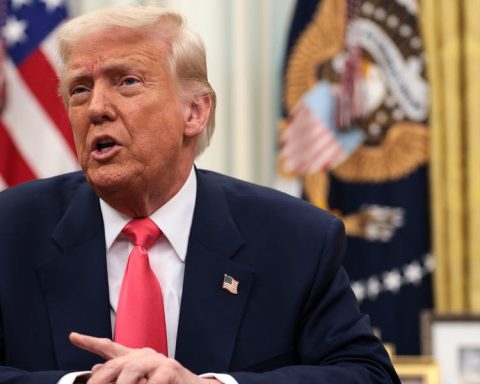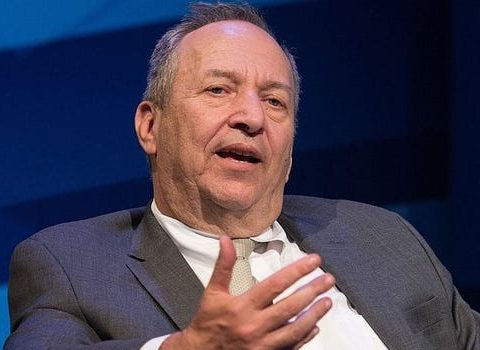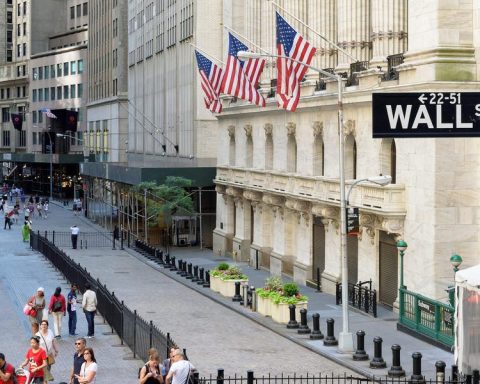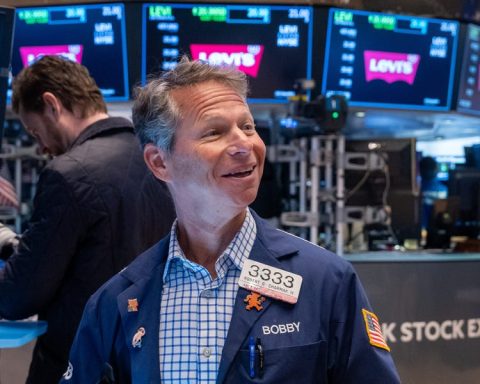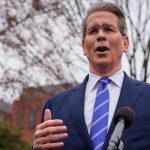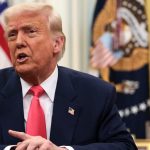As President Donald Trump’s trade war impacts consumer confidence and shakes financial markets, the specter of recession is creeping back into American conversation. Although the likelihood of an economic slowdown appears to be rising, current evidence does not point to an imminent recession.
Key Facts
One of the most pivotal indicators suggesting a potential recession is the Federal Reserve Bank of Atlanta’s GDPNow model, which predicts a contraction in U.S. economic output by an annualized rate of -2.4% in the first quarter of 2025, based on a multitude of economic data. This contraction would mark the worst economic growth since the second quarter of 2020, coinciding with the peak of the COVID-19 pandemic and setting the stage for the technical definition of a recession—two consecutive quarters of negative GDP growth. The National Bureau of Economic Research defines a recession more broadly as a “significant decline in economic activity that is widespread across the economy and lasts more than a few months.”
Several troubling signals have surfaced regarding the state of the American economy. Consumer sentiment fell to a 15-month low, layoff announcements soared to a 4.5-year high, and the stock market suffered, with the S&P 500 index declining 6% from its all-time high on February 19, as tariffs caused upheaval on Wall Street. Concurrently, models gauging the likelihood of a U.S. recession have indicated an elevated risk of an upcoming economic downturn. Notably, Goldman Sachs increased its recession probability forecast from 15% to 20%, flagging Trump’s economic policies as a significant risk, while Yardeni Research raised its estimate from 20% to 35%, attributing the change to the “head-spinning barrage of executive orders, firings, and tariffs from Trump 2.0.”
Crucial Quote
Treasury Secretary Scott Bessent, the highest-ranking economic official in Trump’s administration, acknowledged that the economy might be facing difficulties, stating to CNBC: “Could we be seeing that this economy that we inherited [is] starting to roll a bit? Sure…. We’ve become addicted to this government spending, and there’s going to be a detox period.”
Big Number
0.8 percentage points: This figure represents the maximum negative impact on GDP from tariffs, according to Goldman’s baseline economic model. The bank has revised its predictions for GDP growth downwards, lowering its end-of-2025 growth rate from 2.2% to 1.7%, and its end-of-2026 growth estimate from 2.2% to 2% to reflect the implications of tariffs.
Contra
Despite rising recession probabilities and concerns over significantly negative economic growth, ample evidence suggests that the U.S. economy may not be on the brink of a downturn. In fact, just last summer, Goldman’s recession model indicated a greater than 30% chance of recession, just before the U.S. experienced seven consecutive quarters of GDP growth exceeding 1.5% and the stock market rallied, even amid tight monetary policies. Furthermore, there are indications that the GDPNow model may present a negatively skewed perspective, as Goldman attributes much of the Atlanta Fed’s model’s downward shift to its treatment of gold imports amid a surge to safe havens. Meanwhile, the New York Fed projects a robust first-quarter GDP growth rate of 2.9%.
Chief Critic
Economists Bruce Kasman and Joseph Lupton of JPMorgan Chase noted in a Friday report that U.S. policies appear to be leaning toward a less business-friendly approach, remarking, “The trade war heated up more than we had expected, and it is focused in North America, where it will likely generate large spillovers to U.S. growth.”
Key Background
Over the past 75 years, there have been 11 recessions, as recorded by the National Bureau of Economic Research. The last two, namely the Great Recession of the late 2000s and the COVID recession of 2020, were the longest and shortest downturns, respectively. Bessent is among a growing number of Trump supporters who are attributing weak economic indicators to the Biden administration, though many statistics indicate a strong economy during Biden’s presidency, similar to the early part of Trump’s term before the global economic downturn triggered by the pandemic.
Tangent
The February jobs report released showcased a relatively healthy labor market, albeit with decelerated growth. A 4.1% unemployment rate is consistent with historical norms during stable economic times, but the addition of 151,000 jobs marked the lowest growth for February since 2019, with hiring in the first two months of 2025 slowing by 19% compared to the same period in 2024.
